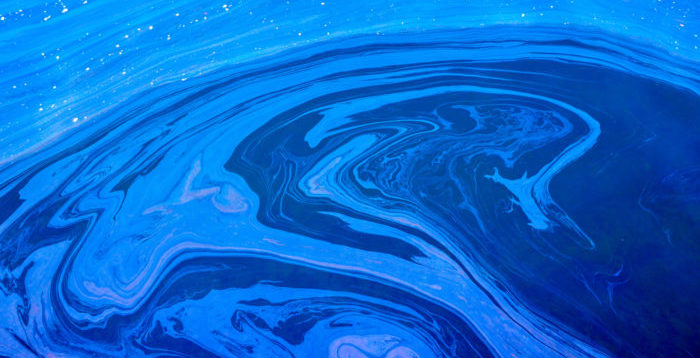As USCG informed, an innovative sub surface oil containment and recovery system, installed in April 2019 over a damaged oil platform in the Gulf of Mexico, is successfully preventing more than 1,000 gallons of oil per day from entering the environment.
Namely, scientific research and lessons learned after the Deepwater Horizon oil spill have enabled the development of new oil spill response systems to protect the maritime environment from future threats.
In 2004 during Hurricane Ivan the Taylor Energy Mississippi Canyon 20 (MC20) oil platform toppled creating an ongoing flow of oil into the Northern Gulf of Mexico. Scientists from multiple government agencies and academic institutions, carried out studies that determined the location, source, and amount of oil and gas emitting from the site.
Using remote sensing technologies like drones, satellites, and underwater vehicles in combination with on-site in-situ sampling and chemical analysis, scientists were better able to characterize the oil release.
Two separate studies conducted in 2017 showed that the oil and gas were discharging from multiple plumes in a discrete location instead of a wide area.
In 2018, the Bureau of Safety and Environmental Enforcement and the National Oceanic and Atmospheric Administration conducted a follow-up study to determine the chemical characterization of the release, and to generate a flowrate estimate for the site.
These studies helped determine that oil was leaking from the damaged infrastructure and could be contained, and that over 1,000 gallons of oil per day was being released. This was significantly more than the previously asserted 3-5 gallons per day.
USCG took partial control of the Taylor Energy oil spill response after repeated past attempts failed to stop, or contain, the flow of oil in the years since the platform with 25 producing wells were toppled and buried in sediment.
The US Coast Guard, with assistance from the National Oceanic and Atmospheric Administration and the Bureau of Safety and Environmental Enforcement, oversaw the design, installation and operation of a Rapid Response Solution (RRS) subsurface system designed by the Louisiana based Couvillon Group.
The containment and collection system was developed and implemented in only 5 months in order to quickly stem the flow of oil. The system has recovered more than 375,000 gallons of oil since it was installed. Environmental protection continues, with the US Coast Guard overseeing continuous oil collection and containment system maintenance.
USCG and the National Oceanic and Atmospheric Administration will continue to support the Bureau of Safety and Environmental Enforcement efforts to use science in order to make sure that the Taylor Energy wells are properly plugged and a permanent solution is reached.






























































